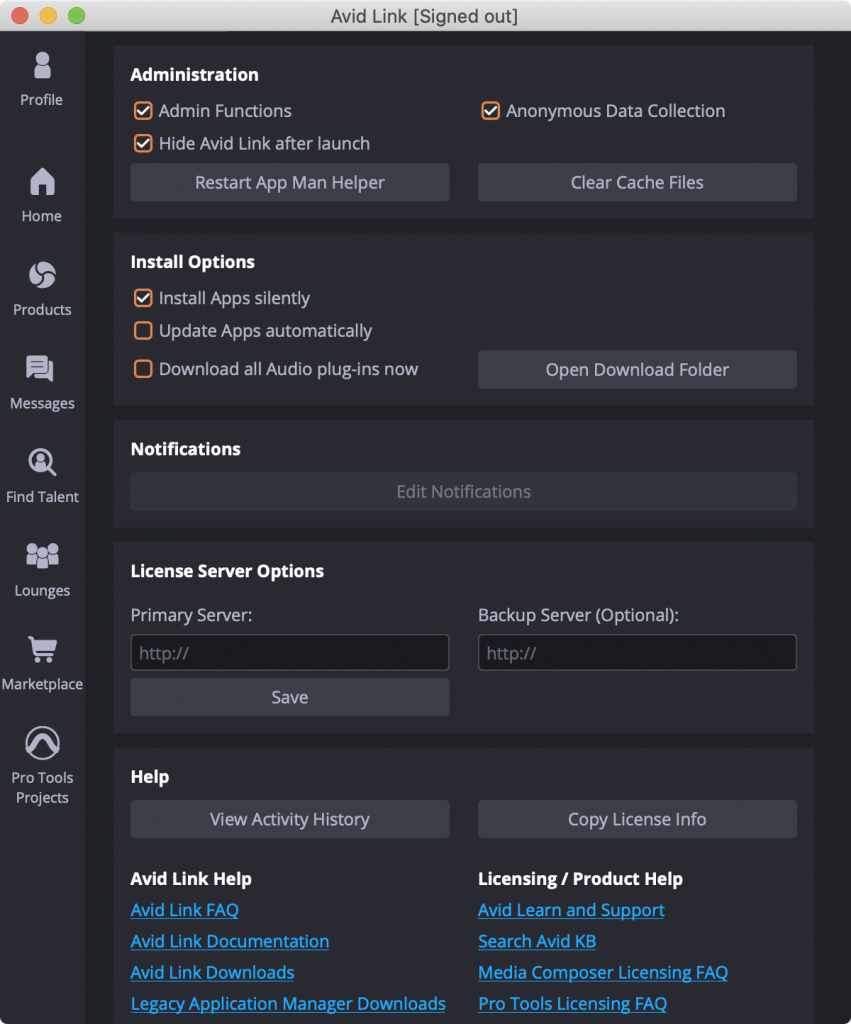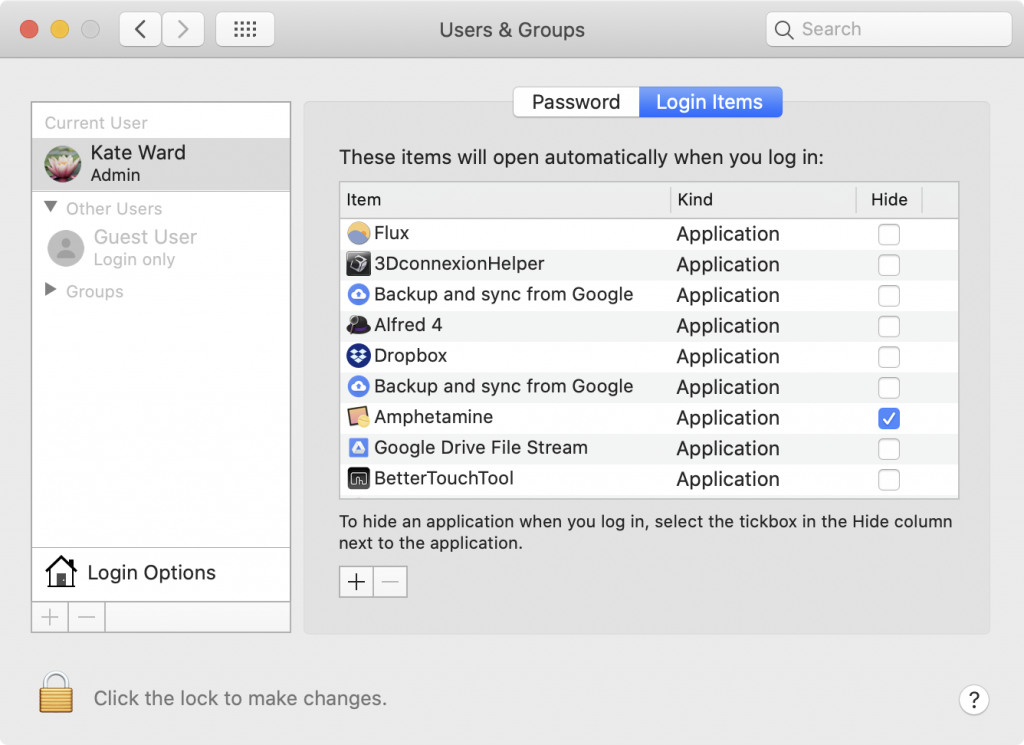TL;DR The display resolution on macOS can also impact Lightroom performance. For best results, leave it to the “Default” resolution (especially on 4K monitors), or change it to Scaled / More Space to use the maximum resolution of the screen. Any scaled resolution between the default and max can impact performance.
[Update 2020-08-25] In my testing, Lightroom Classic 9.4 appears to fix the issues described in this post.
[Update 2020-11-10] The newest release of Lightroom Classic 10.0 seems to be even worse than 9.3, despite its many “performance improvements”. Sigh.
[Update 2021-01-17] Lightroom Classic 10.1 is back to the performance levels like 9.4, but overall I still consider it meh.
I’m an avid user of Adobe Lightroom since version 1.0, and have used it on tens of thousands of photos. I’ve tried other software in the meantime, but always came back to Lightroom.
Starting a few years ago, the newest versions of Lightroom felt slower than previous versions, a complaint that many people on the internets have had. I too have had slowness, especially on my 2013 Mac Pro, and this became especially true once I upgraded to a 4K monitor. After a recent Fstoppers article entitled Dramatically Speed up Lightroom Performance, I decided to dig into the problem.
Unfortunately in my case, I’d already tried all of the tricks in the Fstoppers article, as well as those from the linked Adobe article on how to Optimize performance of Lightroom. No matter what I tried, nothing worked. I’ve found one trick though that I’ve never seen mentioned, so I’m sharing it in hopes that it helps somebody else.
Make sure your display resolution is set at “Default for display” or “Scaled / More Space”. Anything else can cause performance problems.
On retina and 4K screens, macOS doubles the screen resolution chosen behind the scenes, and then scales it down by 50% so that text appears extremely clear. The only exception is Scaled / More Space which uses the native screen resolution.
In my case, I normally run my screen at the non-default resolution of 3008 x 1692, which means Lightroom is rendering to an actual display resolution of 6016 x 3384. If I change back to the Default or Scaled / More Space resolution, the actual resolution drops to 3840 x 2160, which is 64% smaller. That difference enables Lightroom to render the UI elements much faster, probably because my graphics cards can handle that better.
- software: Lightroom Classic 9.3
- os: macOS Catalina 10.15.6
- hardware: Mac Pro (Late 2013)
- processor: 2.7 GHz 12-Core Intel Xeon E5
- memory: 128 GB DDR3
- graphics: AMD FirePro D500 3 GB

